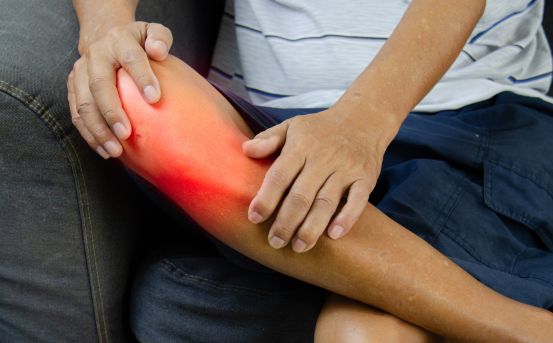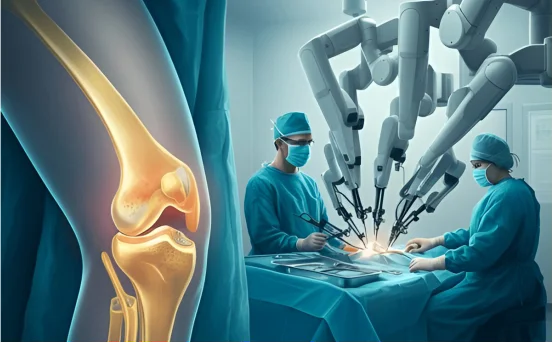Biliopancreatic Diversion with Duodenal Switch (BPD/DS) surgery is a powerful weight-loss procedure often recommended for individuals with severe obesity, especially those with a body mass index (BMI) over 50 or serious obesity-related health conditions like type 2 diabetes or sleep apnea. While the surgery is known for its excellent long-term results in both weight loss and metabolic improvement, it also comes with significant anatomical changes and requires lifelong management.
Obesity is a complex, chronic condition that significantly impacts quality of life and increases the risk of serious health issues such as heart disease, diabetes, sleep apnea, and certain cancers. For individuals who have struggled with severe obesity despite efforts through diet, exercise, and medications, bariatric surgery offers a life-changing solution. Among the most effective and complex bariatric procedures is the Biliopancreatic Diversion with Duodenal Switch (BPD/DS).
What is Biliopancreatic Diversion with Duodenal Switch (BPD/DS)?
Before diving into symptoms, it’s essential to understand what this surgery involves.
Biliopancreatic diversion with duodenal switch combines two techniques :-
-
Sleeve Gastrectomy :- A large portion of the stomach is removed, leaving a banana-shaped tube that restricts food intake.
-
Duodenal Switch :- The small intestine is rearranged to reduce calorie and nutrient absorption. This part bypasses a significant portion of the small intestine where digestion and absorption normally occur.
Because of its two-fold approach, biliopancreatic diversion with duodenal switch leads to dramatic weight loss, improved blood sugar control, and significant improvements in obesity-related health issues. However, this complex procedure also demands lifelong nutritional monitoring and lifestyle adjustments.
Common Post-Surgery Symptoms (Normal Recovery Phase)
Some symptoms are part of the body’s natural healing process and are expected in the weeks following surgery. Here’s what many patients experience :-
Pain and Discomfort
-
Mild to moderate abdominal pain is common, especially around incision sites.
-
Pain typically subsides over a few days to a week.
-
Over-the-counter or prescribed medications can help manage this discomfort.
Nausea and Vomiting
-
These are typical during the first few weeks as your digestive system adapts.
-
Usually triggered by eating too fast, too much, or not chewing food thoroughly.
-
Gradually improves as patients learn portion control and tolerable food choices.
Fatigue
-
Low energy is common during the initial healing phase.
-
The body is adjusting to a lower calorie intake and healing from surgery.
-
Energy levels typically improve with time and proper nutrition.
Bowel Movement Changes
-
Loose stools or diarrhea may occur due to reduced fat absorption.
-
Foul-smelling gas and stools are also possible due to undigested food.
-
These symptoms often stabilize as the body adjusts, but dietary management is essential.
Long-term symptoms to monitor After biliopancreatic diversion with duodenal switch
Even after the initial recovery period, patients should be aware of long-term symptoms that could indicate nutritional deficiencies or complications from the surgery’s malabsorptive component.
Nutrient Deficiency Symptoms
Biliopancreatic diversion with duodenal switch significantly reduces nutrient absorption, so lifelong vitamin and mineral supplementation is non-negotiable. Missing supplements or poor diet may cause :-
-
Fatigue and weakness (from iron, vitamin B12, or folate deficiency)
-
Hair loss and brittle nails (often due to protein or zinc deficiency)
-
Numbness or tingling in hands and feet (possible B12 or thiamine deficiency)
-
Vision problems at night (vitamin A deficiency)
-
Muscle cramps or bone pain (calcium and vitamin D deficiency)
Routine blood tests are crucial to monitor these levels and adjust supplements accordingly.
Steatorrhea (Fatty Stools)
-
Oily, greasy, or floating stools that are difficult to flush may indicate steatorrhea.
-
This results from reduced fat absorption and is common after biliopancreatic diversion with duodenal switch.
-
May lead to fat-soluble vitamin deficiencies (A, D, E, and K) if not addressed.
A high-protein, low-fat diet and enzyme supplements (in some cases) can help manage these symptoms.
Malnutrition
In rare cases, if dietary intake and supplementation are not maintained, patients may develop malnutrition. Symptoms include :-
-
Unexplained weight loss
-
Muscle wasting
-
Swelling in the legs (edema)
-
Persistent weakness or mental fog
-
Frequent infections or poor wound healing
Malnutrition is preventable with a carefully monitored diet, regular follow-ups, and adherence to supplementation protocols.
Warning Symptoms: When to Call a Doctor?
Some symptoms may signal complications that require immediate medical attention. If you experience any of the following, contact your surgeon or healthcare provider without delay :-
Persistent Vomiting or Inability to Keep Food Down
-
Could indicate a blockage, stricture, or ulcer.
-
Needs urgent evaluation, especially if accompanied by dehydration symptoms.
Severe Abdominal Pain
-
Sudden, intense pain could be due to a leak at the surgical connection points, an internal hernia, or bowel obstruction.
-
Requires emergency attention.
High Fever or Chills
-
Could signal an infection, especially in the early post-op period.
-
Fever over 101°F should not be ignored.
Bleeding
-
Vomiting blood or passing black, tarry stools may indicate gastrointestinal bleeding.
-
Prompt diagnosis and treatment are essential.
Persistent Diarrhea
-
While some changes in bowel movements are expected, chronic diarrhea can lead to dehydration, electrolyte imbalance, and malnutrition.
-
Needs medical evaluation, especially if accompanied by weakness or rapid weight loss.
Emotional and Psychological Symptoms
Mood Swings or Depression
Major weight loss surgery brings emotional changes. Patients might feel overwhelmed, anxious, or even depressed due to :-
-
Changes in body image
-
Struggles with eating habits
-
Hormonal changes
-
Isolation from social eating
Counseling, support groups, or mental health therapy can be incredibly beneficial during this transition.
Tips for managing symptoms and staying healthy post biliopancreatic diversion with duodenal switch
-
Stick to Follow-up Visits :- Regular check-ups help catch deficiencies or complications early.
-
Take Prescribed Supplements Daily :- Multivitamins, calcium, iron, vitamin D, and B12 are often necessary for life.
-
Hydrate Frequently :- Dehydration is a common concern post-surgery. Aim for at least 64 ounces of fluid daily.
-
Eat Small, Balanced Meals :- Focus on high-protein foods, avoid high-fat and high-sugar items.
-
Log Symptoms :- Keep a symptom diary to track changes and discuss with your doctor.
Conclusion
Biliopancreatic Diversion with Duodenal Switch (BPD/DS) is a powerful surgical tool for significant and sustained weight loss. However, the benefits come with responsibilities—especially regarding symptom awareness and nutritional management.
By recognizing what symptoms are normal, which ones need medical evaluation, and how to manage them, patients can take control of their recovery and long-term health. Partnering closely with your healthcare team, maintaining your supplement regimen, and listening to your body are keys to thriving after BPD/DS surgery.























